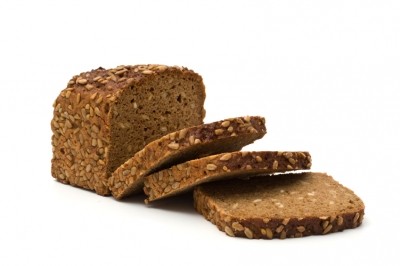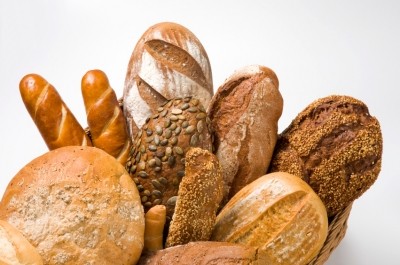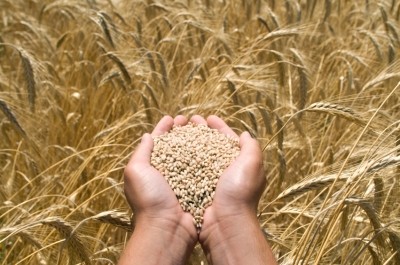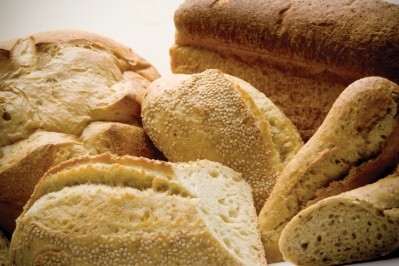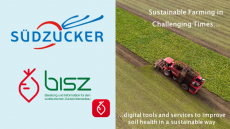EU whole grain label laws could take over a year to define, says expert
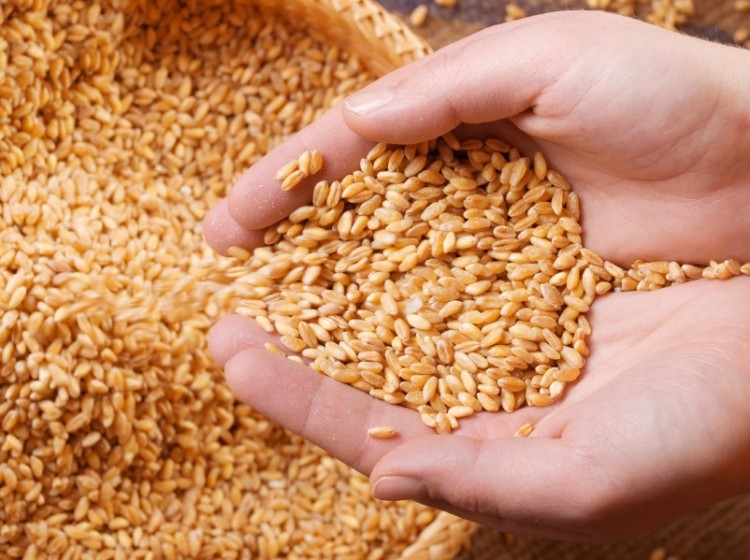
The first meeting to discuss the future of whole grain labeling on foods in Europe - the HealthGrain Forum - is set for next week in Vienna, just ahead of The International Association for Cereal Science and Technology’s (ICC) international symposium on bioactive compounds in cereal grains and foods. The meeting will bring together around 50 scientists, research academics and industry members from various universities, the ICC, TNO, INRA, Nestlé, Kellogg, Mondelez and Barilla, among others.
Speaking to BakeryandSnacks.com about the upcoming meeting, Jan-Willem van der Kamp, senior officer for international projects TNO Food and Nutrition, said the meeting would mark the start of a long process.
“This is not something you can decide in one meeting; that would be too difficult. I think it will take maybe a year, or somewhat longer, to develop the definition,” he said.
It will likely need several categories
He said a ruling on whole grain use in foods would likely need different categories. “That’s one option – that you have two categories. One could be for bread and pasta: when almost over 90% of the dry material is whole grain flour, you may say it is 100% whole grain flour. And then another category could be for other foods where you can say ‘rich in whole grain’.”
Even then, it would be useful for the second category to have several descriptions, he said, such as ‘prepared with whole grain’ or ‘prepared with X percentage of whole grain’. This would benefit industry hugely, he added, giving them opportunities to call out efforts to replace parts of their formula with whole grains.
“If you have more levels, it’s more realistic. It can also help companies in replacing part of the grain as a start and maybe later on, when consumers have become accustomed or technology has advanced, they can raise the level in due course.”
He added that the development of a definition would also need to consider language hurdles. “You could have a clear definition in the English language, but it may not work in another language.”
Benefits for industry?
Bread, breakfast cereals and biscuits were all sold across many different countries, within Europe and outside, Van der Kamp said, so it would make business a lot simpler if there was one common definition.
“When you look at the use of whole grain labels on food products, there are sometimes big differences. In the raw material part, differences are smaller.”
Whole grain as a raw material defined
Van der Kamp and his colleagues at TNO published a pan-European definition for the raw material whole grain earlier this year in the Journal of Food and Nutrition Research. They have coined it the ‘HealthGrain’ definition.
They suggested whole grain must consist of intact, ground, cracked or flaked kernel after removal of inedible parts such as the hull and husk, ensuring the principle anatomical components – the starchy endosperm, germ and bran – had the same proportions as in an intact kernel. They added that small losses from processing (less than 2% of the grain or 10% of the bran) should be allowed for.
However, Van der Kamp said this only formed part of the future of a pan-European whole grain definition – and establishing standards for use in food would be the tougher part.
BakeryandSnacks.com will be attending the ICC's International Symposium next week in Vienna.
